Home Additions Then and Now: How to Add New and Reconfigure Old Space
Topic:
Home Addition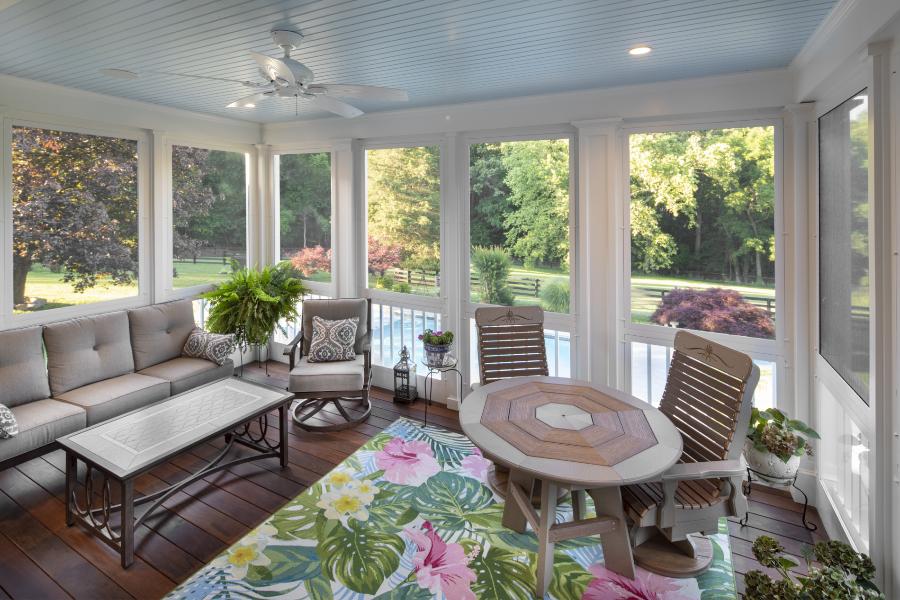
A home addition, how hard can it be? Three walls and a roof and, boom, you have more space. Of course, there is much more to it than that, not least of which is the blending together of old and new.
An addition isn't just a box you stick on the side or back of your house. Especially if you have an older home, you may see evidence of a piecemeal approach to home additions by previous homeowners. The results are a home footprint that may have multiple levels on one floor and confusing circulation from room to room. These issues can be corrected with an understanding of the challenges surrounding the blending of old and new.
Building on What Has Come Before Us
Styles and approaches to building additions have evolved significantly since we started serving clients in metro DC in the late 1970s. For starters, there was not the abundance of options for construction and finishing materials that our clients have access to today, making it easier to find materials that connect aesthetically between old and new.
Technology has changed too. When we assess the needs of clients today, we often find heating and cooling systems that are too small for the square footage of the home. We see additions that added square footage at the time they were built but didn’t improve the flow of movement throughout the interior. We see a lot of well-meaning effort that just hasn’t stood the test of time.
Care needs to be taken when connecting a new addition, aesthetically, to an existing structure. Here are a few things to think about when planning to add square footage to your home.
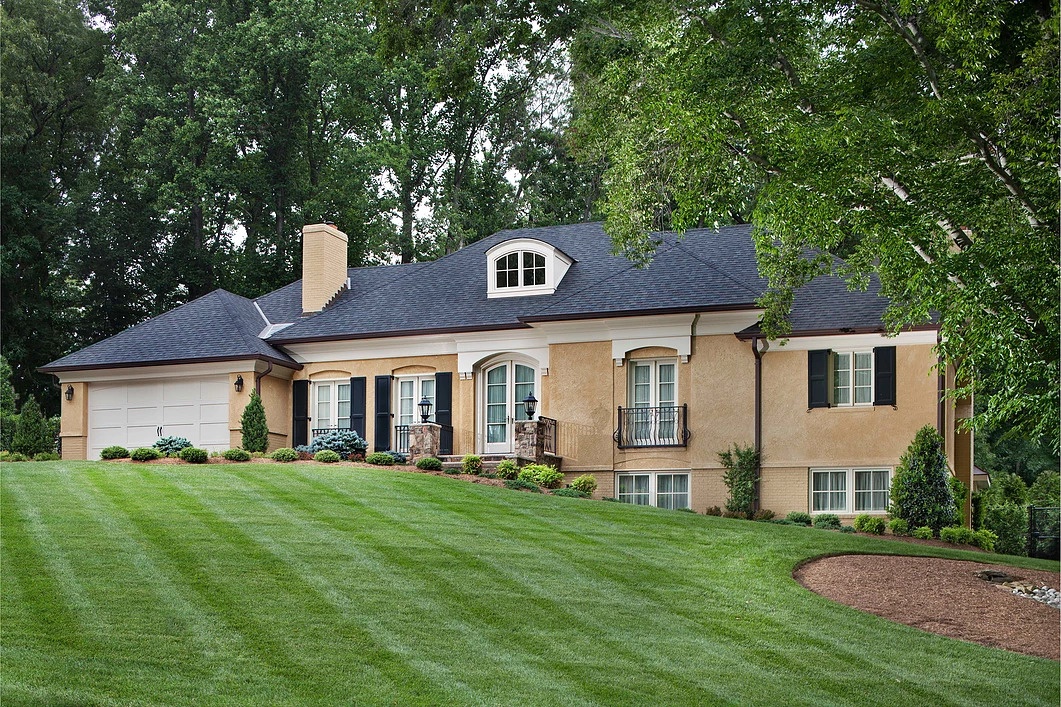
Considerations for Building New Additions and Reconfiguring Existing Space
Fixed Costs
Before walls and a roof go up on your addition, a lot of preparation has already taken place. This includes general conditions work like architectural design and engineering specifications that determine how the addition will attach to the existing structure. These general conditions also include the cost of value engineering, permitting, protection of existing finishes, hauling, and project supervision.
All of these aspects of a building project – even though they are largely “unseen” are project costs nevertheless. These fixed costs are expressed as a part of every project estimate no matter the size. This is why smaller additions will have the appearance of being “more expensive” per square foot than larger additions, or entire homes.
Thinking Ahead
Sometimes clients will ask us to correct or replace an older addition. This “problem” addition seems to have been added without forethought, which would make the space adaptable as the family’s needs change. The limited scope of this design provided an immediate solution that did not hold up over time.
While we don’t advise having resale value as a primary motivator for renovation, a well-planned renovation that meets your needs today will likely do the same for potential buyers down the road. That is why it is so important to consider your current and future needs, and the overall value in enjoyment, use, and, yes, resale value a home addition can provide.
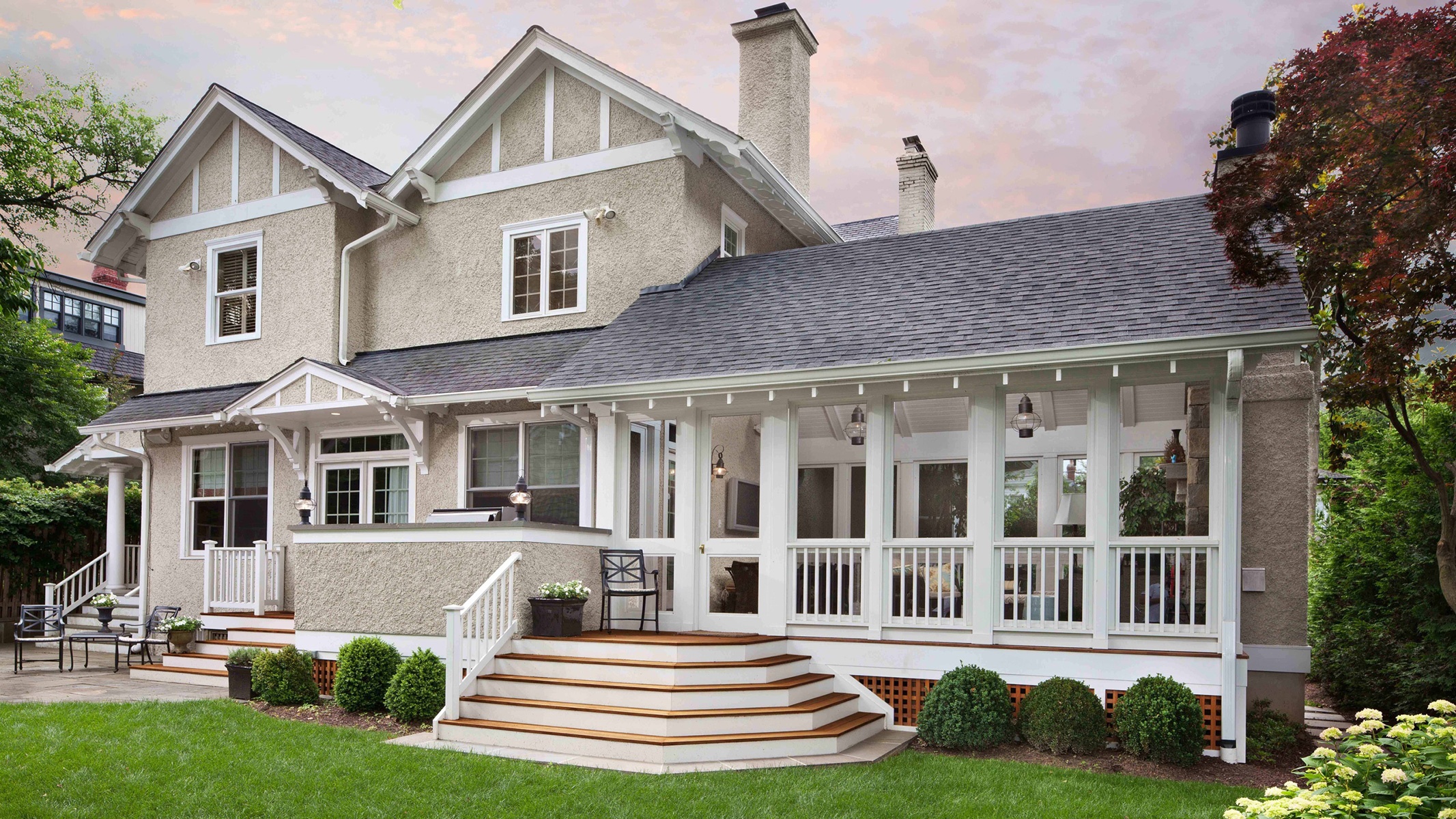
What are the Major Considerations for Tying in New Construction with Existing Construction
When looking to blend old with new, there are technical details that need to be addressed in order for the addition to function properly, keep moisture out and temperatures steady, and create a cohesive aesthetic.
Roofline Aesthetics
Building an addition often requires attaching a new roof to the existing roofline. It is critical that the connection point harmonizes aesthetically with the existing home and sheds water efficiently.
Straightening the Old to Align with the New
This is one of the major challenges of connecting new additions to older or historic homes. When you are building something new, it will be straight and true. But because buildings settle over decades, we are presented with a question: Do we invest in rebuilding floor structure and walls to straighten and level everything? or do we make strategic adjustments that “adapt” the existing space so that it will function properly and balance visually? This is often a conversation between the homeowner, the project manager, and the lead carpenter that fully explores options and leads to a decision about which course to take.
Sometimes everything lines up perfectly. But many times it doesn’t. We once had a client who moved into a home and then noticed the floors sloped an inch and a half from the outside walls toward the center of the home. There were several discussions about how to connect a new addition to this space and what would need to be done for the join to be successful.
Dynamic Design Process
You may think that once the architectural design is completed that all the aesthetic and practical decisions have been made. But, especially in the renovation of older homes, the aesthetic decision-making process continues throughout the construction. As issues arise (they always do no matter how thorough the planning has been), the fine points must be discussed and decisions made that are in keeping with the design objectives.
Creating a Space that is New (and Better) for You
There will always be challenges with blending new and old. That’s the nature of home additions of any size and shape. When you are clear on your goals and have the right design-build partner, you can overcome challenges and create a space that seamlessly blends old with new and adds value to your life at home for years to come.
To learn more about the home addition design-build process, download our eBook titled "What Every Homeowner Needs to Know About Home Additions and Whole Home Remodeling" to get an in-depth understanding. If you are considering a home renovation, please feel free to schedule a home renovation discovery session with Gilday today.
8820 Brookville Road,
Silver Spring, MD 20910
© Gilday Renovations 2025
info@gilday.com


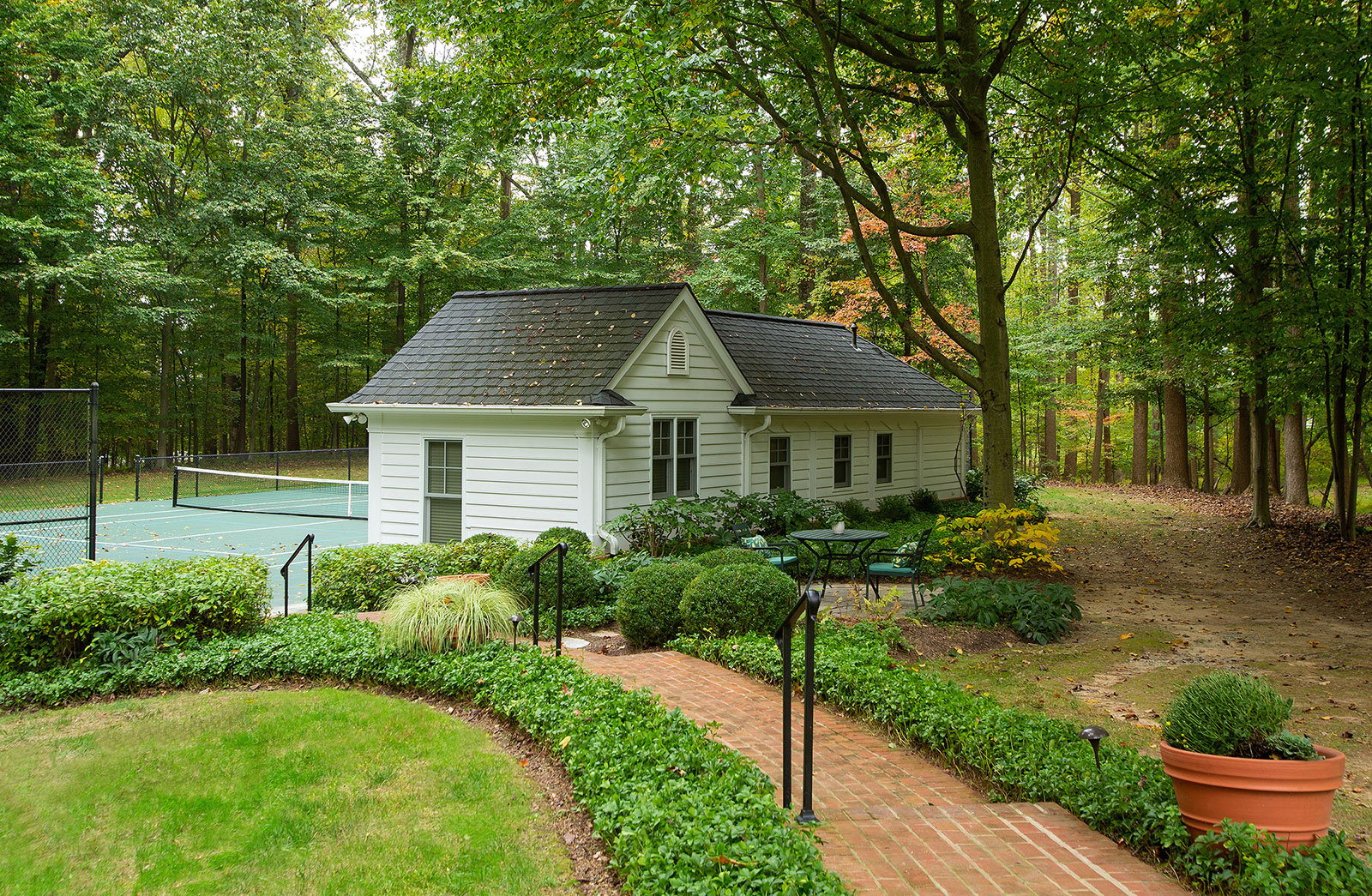
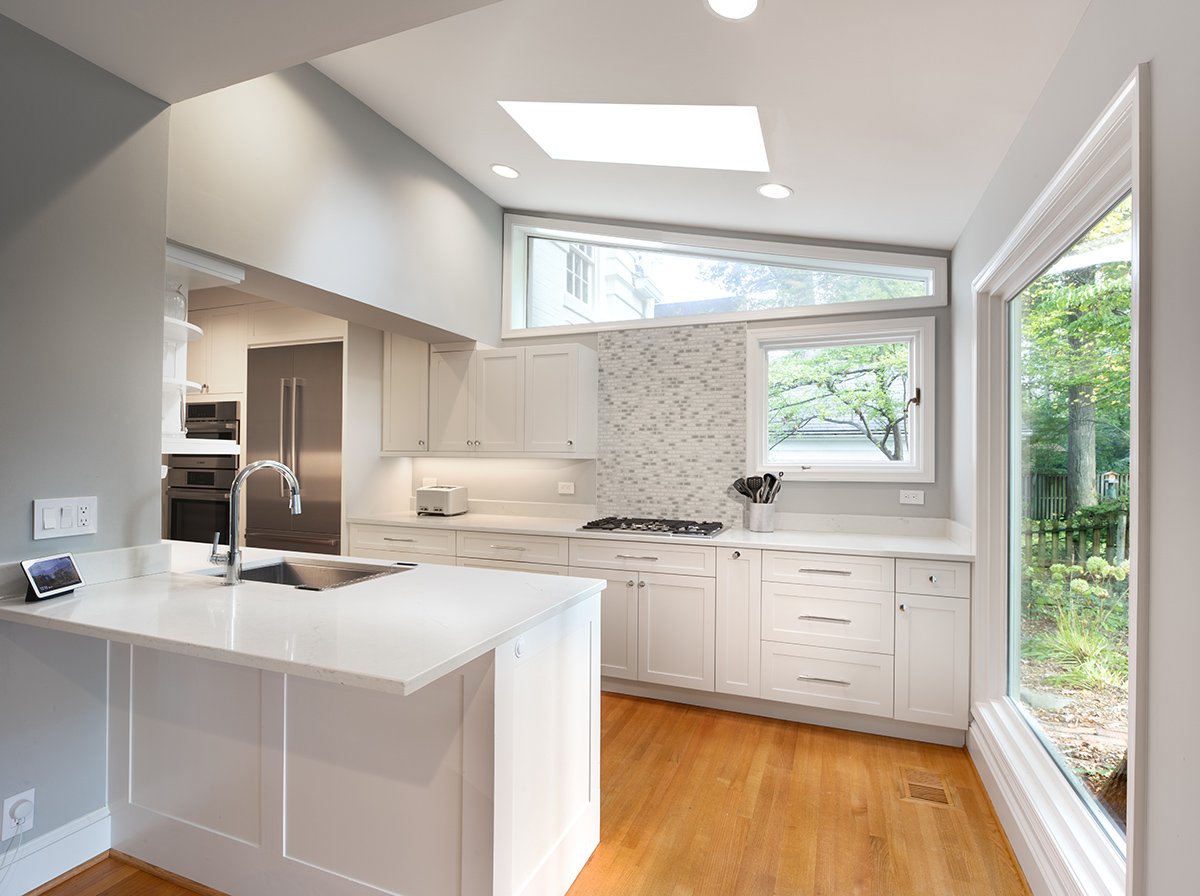
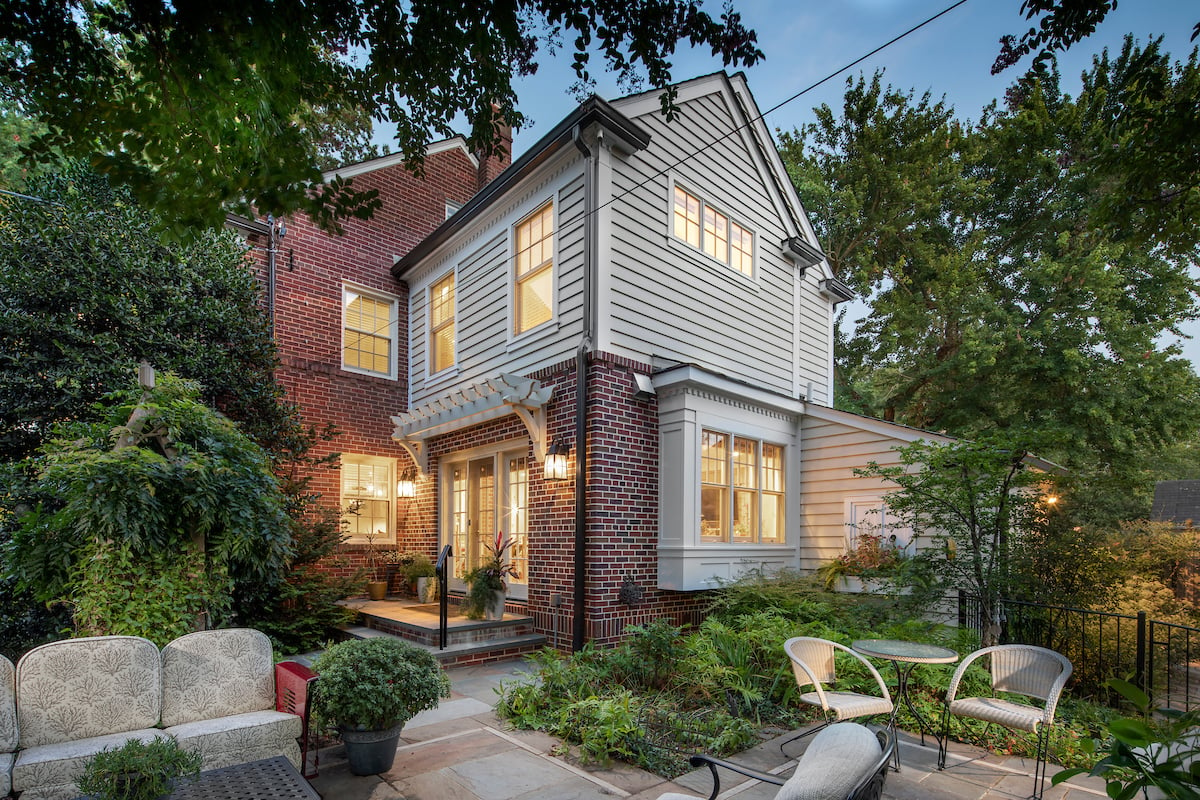
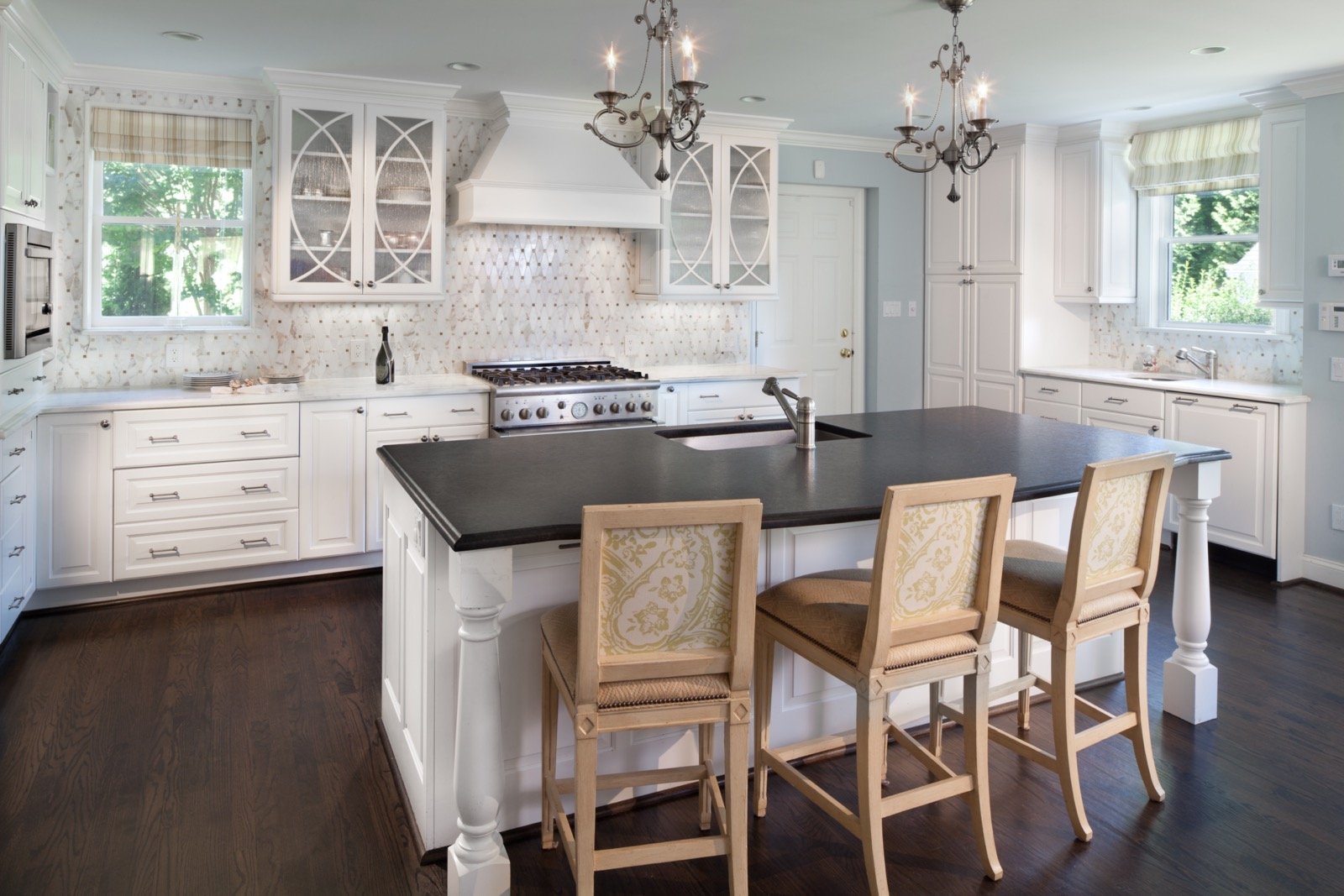
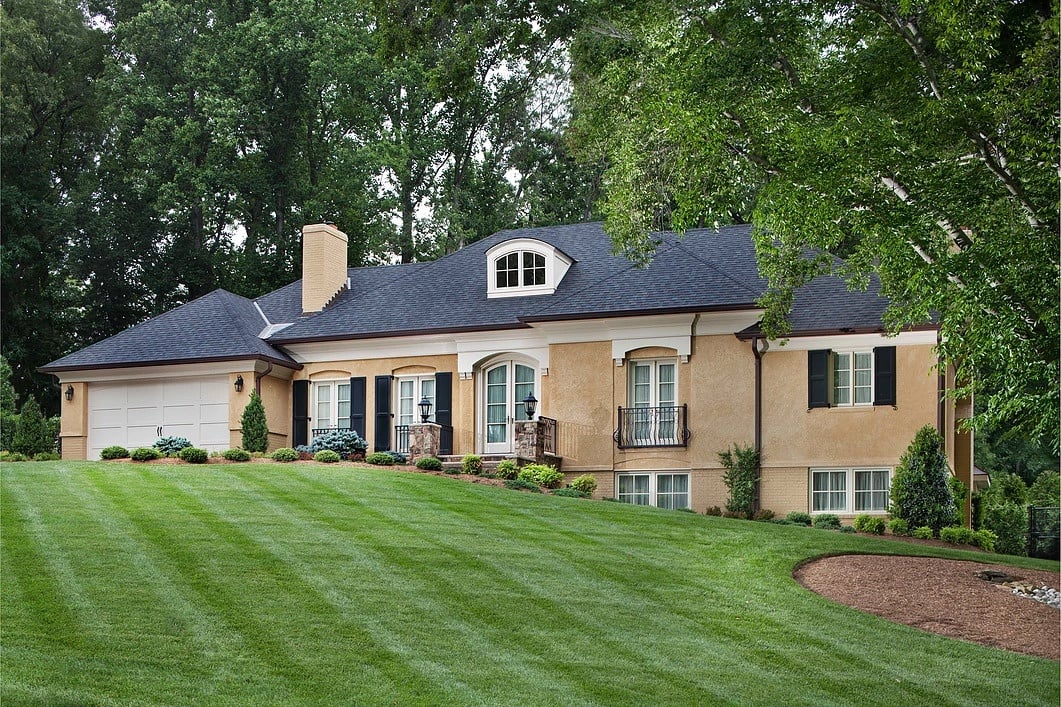
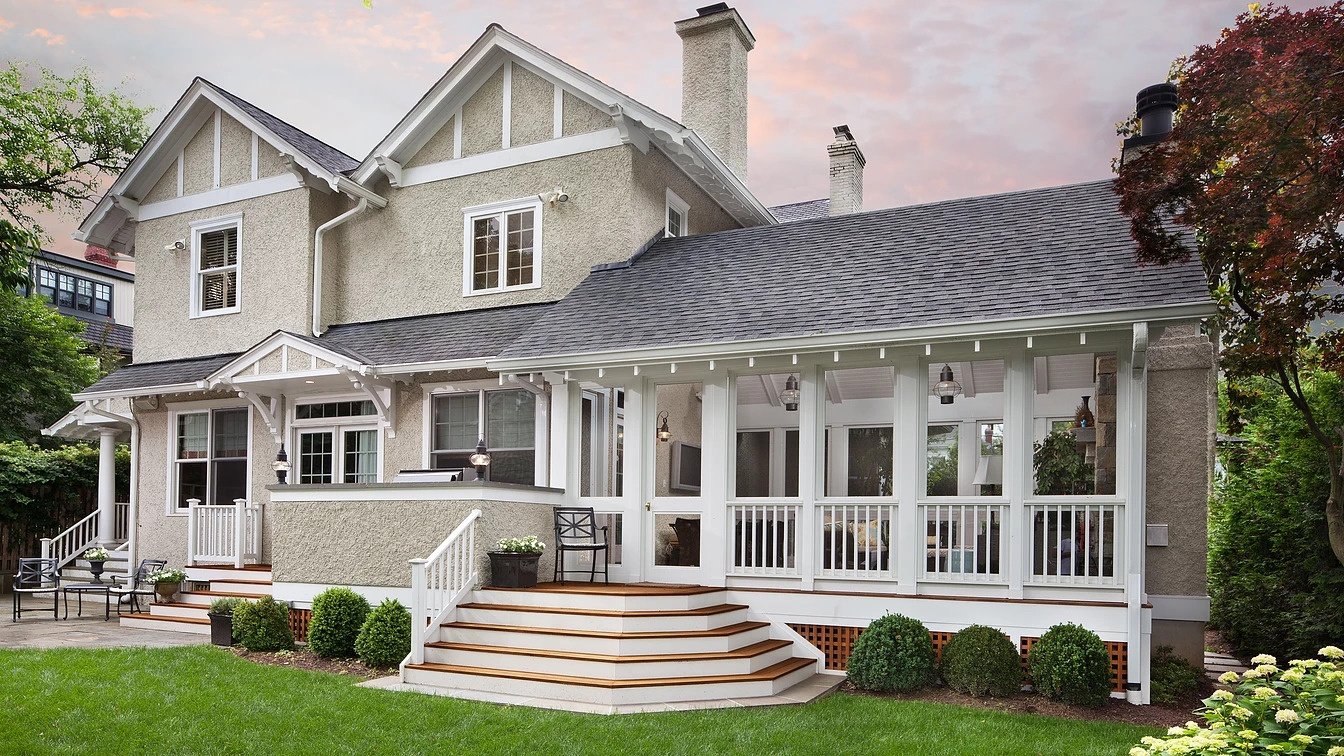
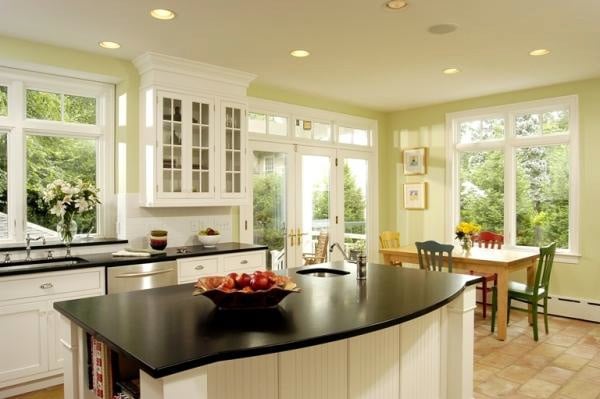
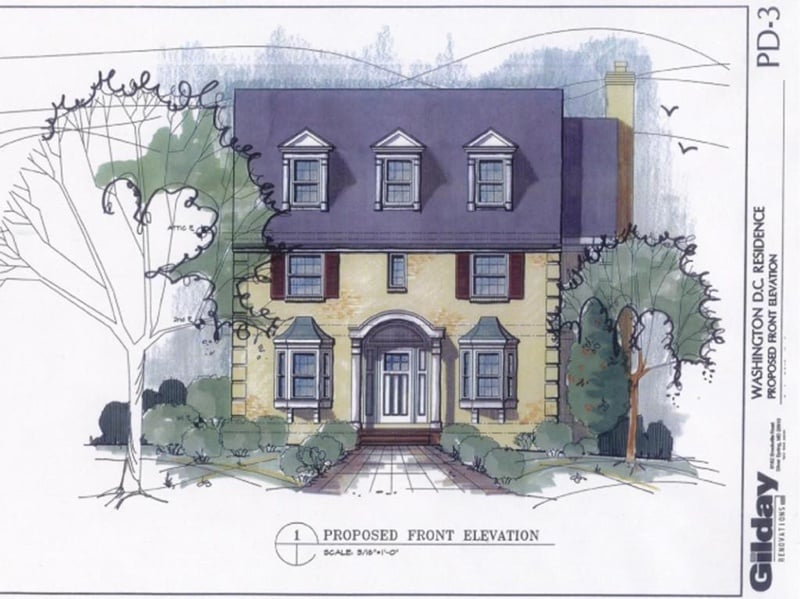
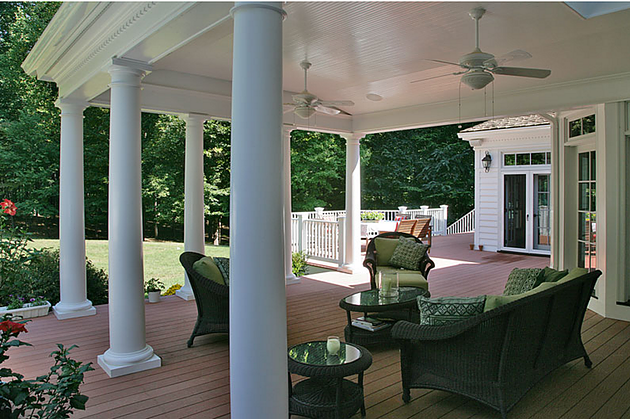
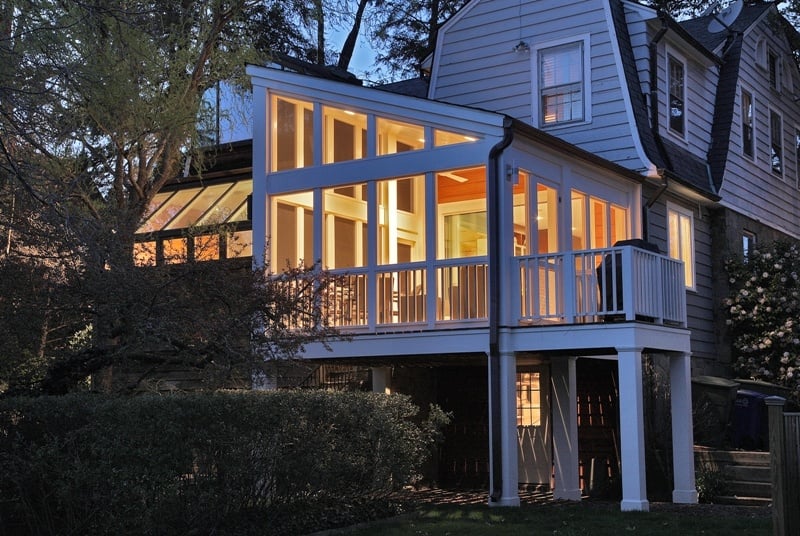
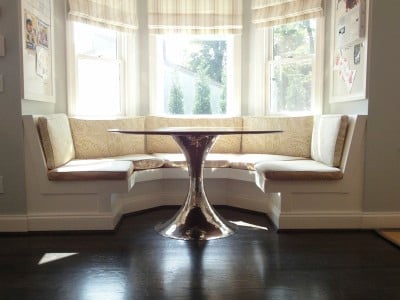
Leave a comment